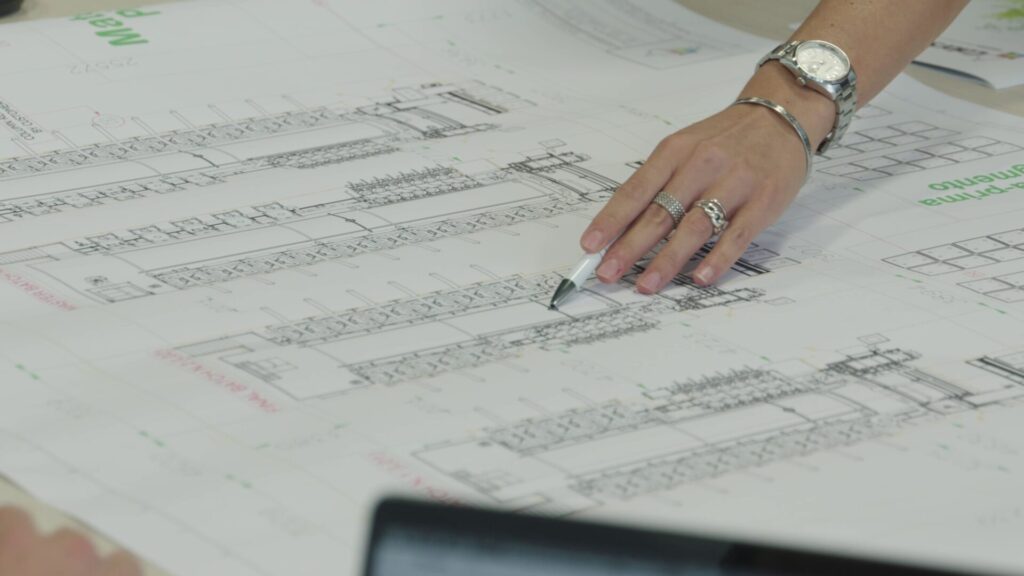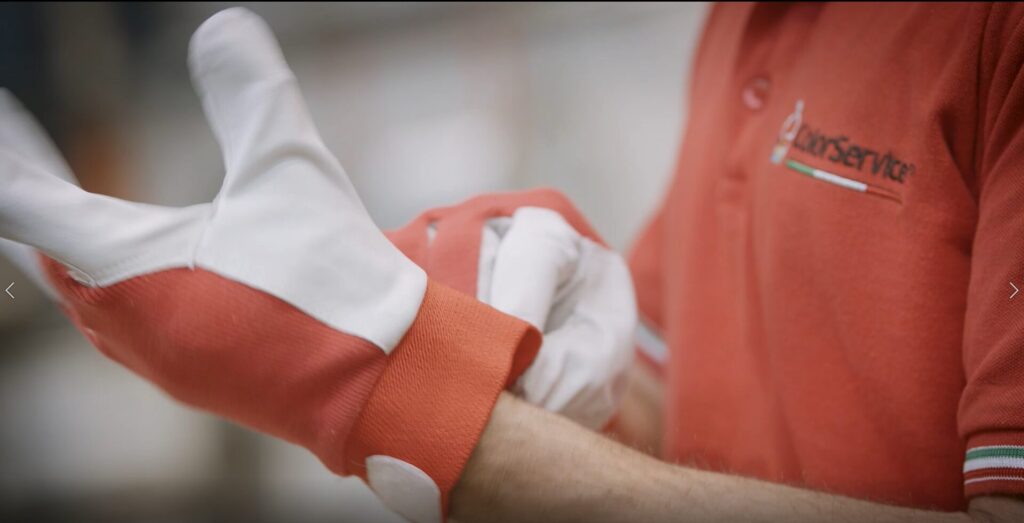Behind the Scenes: How We Design Our Dosing Systems
Creating precise and reliable solutions requires a meticulous approach that combines research, engineering, and continuous attention to our customers’ needs.
- Preliminary Analysis
Everything begins with an in-depth analysis of requirements carried out by our sales team. Engaging with our clients to fully understand their specifications is fundamental. This includes:
- Type of powder or fluid to be dosed: Particle size, viscosity, density, corrosiveness, presence of particles, operating temperature.
- Required precision: Dosing tolerances and repeatability.
- Dosing volume: Minimum and maximum quantity, dosing frequency.
- Operating environment: Environmental conditions (temperature, humidity), required certifications (e.g., ATEX, FDA).
- Integration with existing systems: Compatibility with production lines, PLCs, and control software.
- Production goals: Throughput, efficiency, waste reduction.
This phase is crucial to define the scope of the project and identify the most suitable technological solutions.
- Conceptual Design and Development
Once all the information has been collected and transferred, our engineering team begins the conceptual design phase. Initial layouts and system diagrams are developed, exploring different system architectures. In this stage, we focus on:
- Selection of dosing technology: Various options are considered, such as peristaltic, piston, diaphragm, screw, gear pumps, precision valves, etc., depending on the characteristics of the fluid and the required precision.
- Material selection: Materials compatible with the fluid and suitable for the operating environment are chosen, ensuring chemical and mechanical resistance.
- System architecture definition: Positioning of components, sizing of pipelines, layout of the electrical panel and control system.
- Automation integration: Flow, pressure, level, and temperature sensors are included to monitor operations and ensure maximum accuracy.

3. Detailed Design and Engineering
The next step is the detailed design phase, where each component is precisely defined. Construction drawings, electrical and pneumatic diagrams, and material lists are generated.
In this phase, we pay particular attention to:
- Automation and control: Development of PLC and HMI software for intuitive and reliable system management. Advanced control logic is implemented to ensure accuracy and repeatability.
- Safety: Integration of safety devices (emergency sensors, guards) and compliance with current regulations (e.g., Machinery Directive).
- Maintainability: Design that allows easy access to components for routine and extraordinary maintenance.
We work closely with our suppliers to select high-quality components, ensuring the highest reliability of the final system.
- Assembly, Testing, and Commissioning
Once the design is complete, the system enters the assembly phase. Our specialized technicians carefully assemble each part of the system, following strict quality standards.
Each system then undergoes internal testing and validation:
- Functional tests: Verifying the correct operation of all components and operational sequences.
- Precision tests: Measuring the dosed quantity to ensure compliance with specified tolerances.
- Safety tests: Verifying compliance with all applicable safety standards.
Only after successfully passing all tests is the system ready for shipment and installation at the customer’s site.


